A call from a Namibian community for information and learning from other countries
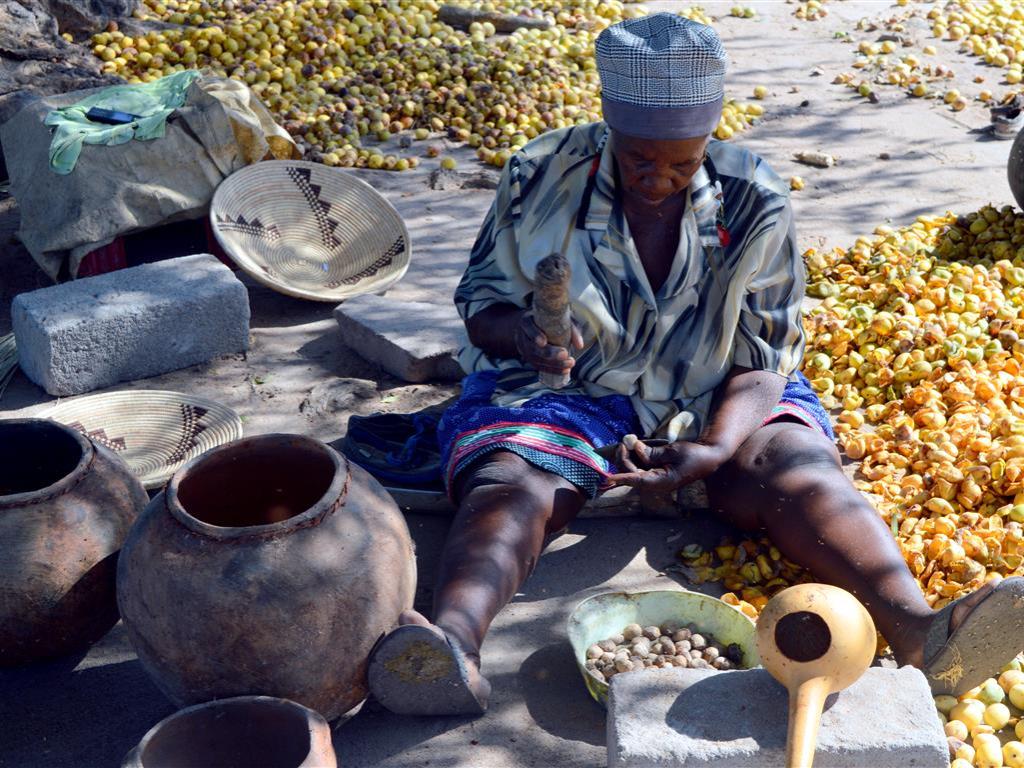
By Dian Spear
On the 8th and 9th of March, 2016, the ASSAR Southern Africa researchers held a Vulnerability and Risk Assessment (VRA) at Outapi Town Lodge in Outapi, Omusati Region Namibia. This workshop followed the same process as the one held in Botswana in November 2015 and was attended by members of the Onesi community, Traditional Authority, Red Cross, SCORE project, Constituency Development Committee, Onesi Constituency Office, Olushandja Horticulture Association, Ministry of Youth, Sports and Culture, Ministry of Agriculture, Water and Forestry, and Omusati Regional Council.
Before the VRA workshop started, I went around distributing our communications material on the tables where the stakeholders would be sitting. Some of the stakeholders were already in the room. As I placed the documents down beside Beata, I was very conscious of the fact that I couldn’t communicate with her and not only was the writing style of the documents too complicated but the language was not understandable to her.
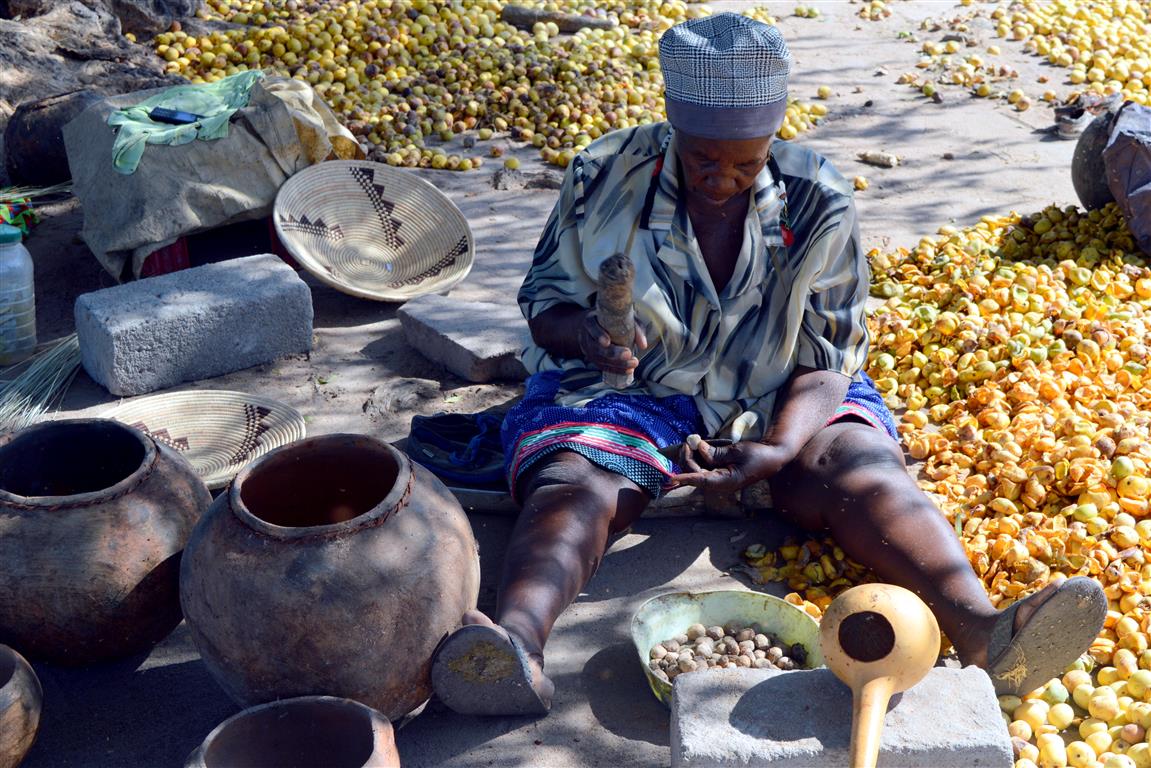
Beata is an elderly potter and basket maker from the community where we are doing our research. She has had her “underground house” that she uses for the production of her clay pots flooded five times in recent years. To adapt to frequent flooding of her pottery house, she moved it last year and hopes it will not flood this year. Later in the workshop Beata asked that the materials we provided be translated. This is an important consideration for ASSAR.
One of our focuses is on social differentiation and part of the impact that we want to have is to influence change in practices and reduce vulnerability through the information we disseminate. Those people that are not literate in English – the widely used language of official communication – are differentially vulnerable and are an important audience that we should reach.
During the introductions and expression of expectations, the farmers that were present said that they hoped that during the VRA they would receive information to help them get a better understanding of climate change. They also asked for information on what people are doing to cope with droughts and floods in other countries. To address this, Salma Hegga – one of our team members – reflected on the Botswana VRA and some of the similarities and differences at the end of the workshop. One of the farmers mentioned how useful knowledge sharing is and gave the example that some people from the Onesi Constituency had travelled to Zimbabwe to learn more about commercialising the harvesting of mopane worms.
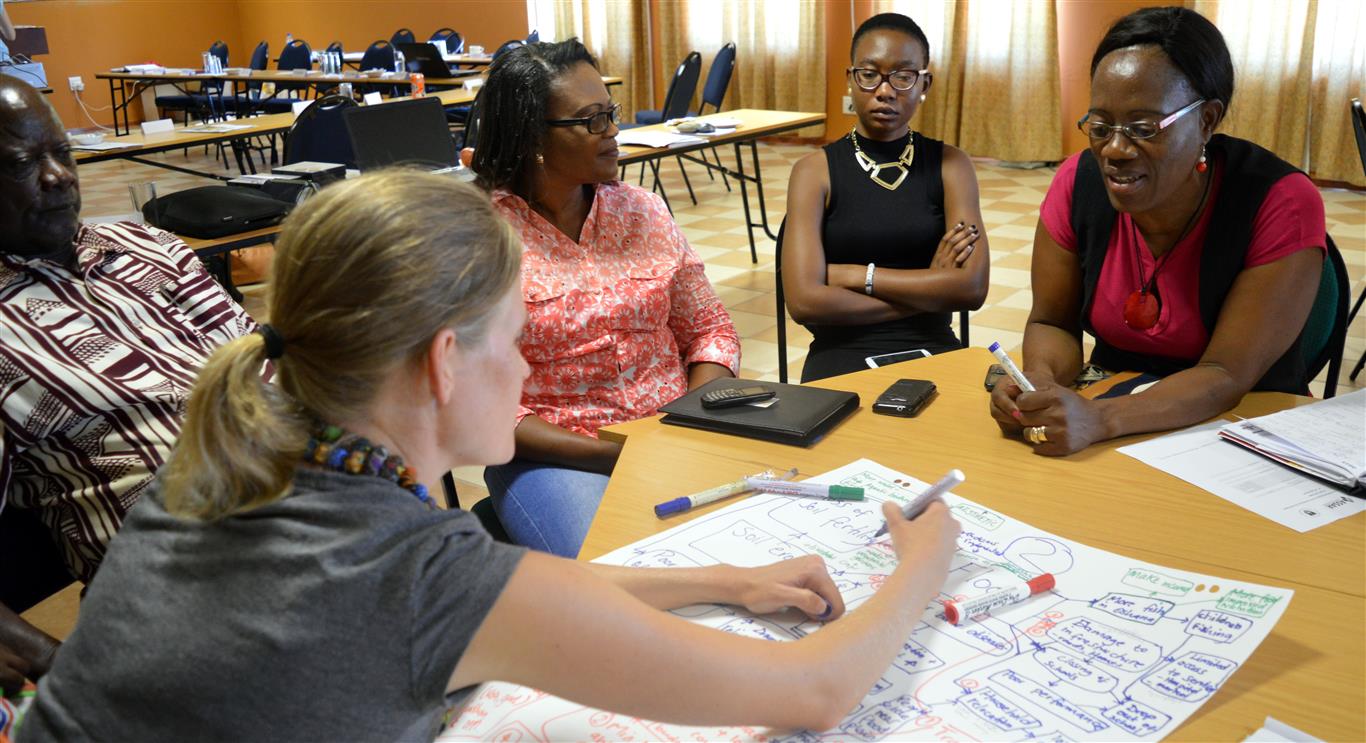
The requests and discussions made me think how great it would be to set up a community exchange between some of our ASSAR study communities in Namibia, Botswana, Ghana, Mali, Ethiopia, Kenya and India. The idea would be for community champions to spend some time with a community in another country and learn about their livelihoods and the adaptation measures they are implementing. Communities in some ASSAR study countries are much more innovative than others and there is potential for learning and influencing change through the community champions relaying their adventures from far away countries to the rest of the community at home. Part of the exchange could include a facilitated learning process.
An example of a livelihood that is not exploited in the Omusati region of Namibia, but is exploited in other semi-arid regions with similar natural resources, is the use of baobab bark. The baobabs in communal areas of semi-arid Zimbabwe are covered in rectangular scars where bark has been harvested for making mats, hats and other crafts. This is not the case in Omusati. I’d prefer these baobabs to remain unchanged, but this is a good example of an opportunity that is exploited in a similar environment in one country but not in another. Similarly in the Botswana VRA, harvesting of mopane worms was discussed as a significant livelihood strategy. In Namibia, this does not seem to be the case. Many people mentioned the impact drought has on poor mopane worm harvesting, but it is not clear if this is the only reason for it being less prominent.

The focus of the VRA wasn’t to provide information to increase understanding of climate change or on measures implemented in different countries, but these are important issues for future communications. In our ASSAR workplan and in our budget we have stakeholder feedback events planned but these have not yet been prioritised and implemented. We need to be going to the communities and sharing responses that have been implemented in communities from other countries in the ASSAR project. This includes their alternative livelihoods but also adaptation measures for their existing agricultural livelihoods. We also need to develop communication materials that are relevant, useful, simple, understandable and translated into the local language. Through collaboration with the local universities the translation of material will be possible.
Drought, flood and high temperatures were identified as the most important hazards and issues for the communities. Some additional issues that came up during the VRA workshop included stock theft and the fact that when there was rain in the area, people from surrounding areas would arrive looking for food. So there would be cases of people from Angola or surrounding regions such as Oshana and Oshakati arriving with their children and wanting to be accommodated and fed by extended families and friends.
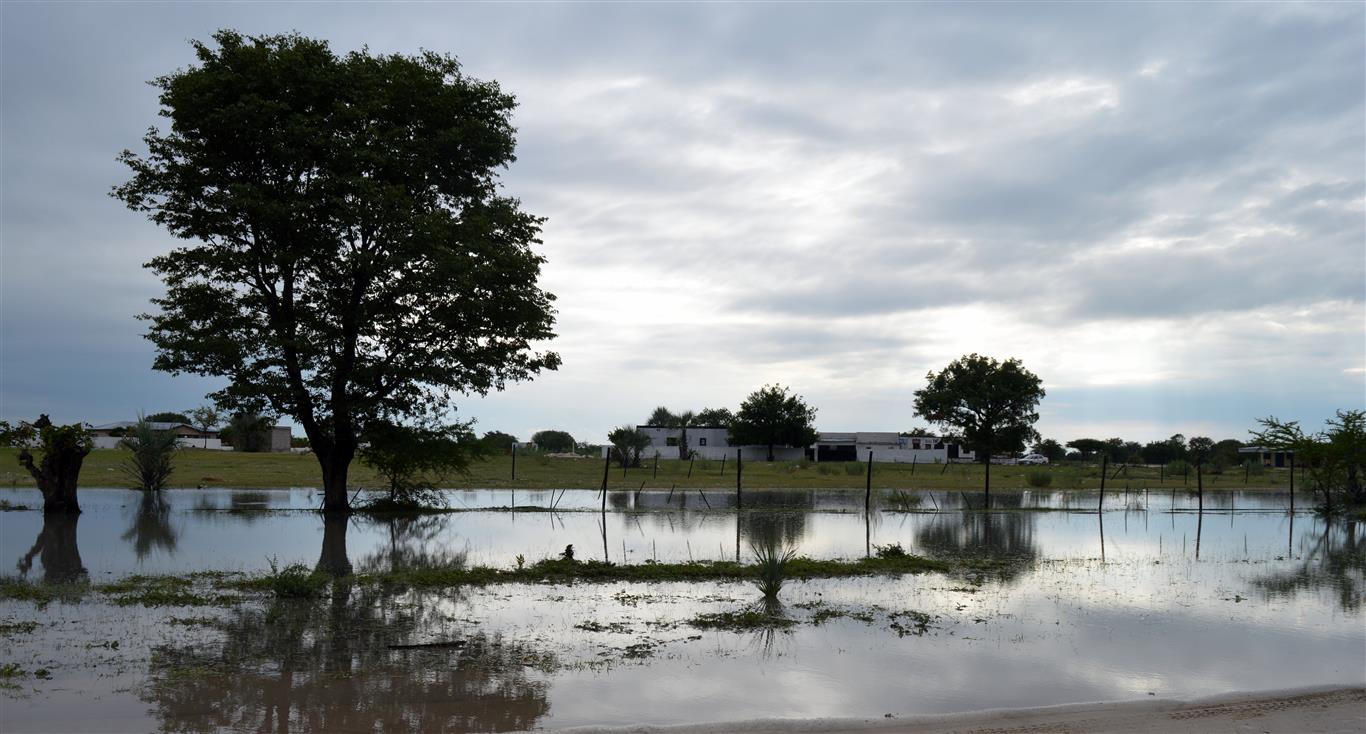
The stakeholders at the VRA workshop came up with responses including: i) the building of earth dams to protect people from flood but also to store water for use for vegetable gardening, crops and livestock; ii) improved drought management strategies including improved access to water; and iii) strengthening advice and suggested options from extension officers on how to use seasonal climate forecast information. However, the community members were not very aware of existing opportunities or how they could obtain assistance to implement some of these ideas. It was suggested that the Constituency Development Committee, the Settlement Development Committee and the Traditional Authority should raise the issues identified with government ministries.
The stakeholders found the VRA a valuable process. One of the participants said he was amazed that all the information collated during the VRA came from the people in the room. There was also interest from the participants to take the results of the workshop further.
The Regional Councillor, Honourable Titus Kanyele, said; “I call upon all of us that attended this workshop to come up with an idea of how we can disseminate this information to the rest of the community. The information is not for us, it is the information for the community and those who are not able to attend. It is for us to go home and give that information to each and every one, the impact and the problem facing each and every one.”
Jeremia Shou Shetunyenga, a member of the Constituency Development Committee, summed up the workshop as an “eye opener.” He said: “If I consider what is discussed here, it is what is affecting our members. It is going to help us to make decisions about things affecting our members in the constituency.”
As part of ASSAR we will be holding two Transformative Scenario Planning workshops, most likely with the first workshop around September 2016. These workshops will look at stories around possible futures and will include examining potential strategies that could be put in place. The TSP workshops were mentioned to the regional councillor and he asked if we have any funding for implementation of projects that might arise from this. Although we don’t have funding for implementation we can help develop a proposal for funding and link the community to external funding. The councillor was happy about this, as when he linked the community to government projects they just said he was doing his job, whereas if he brings in funds from outside for his community, they will say he is making a difference.
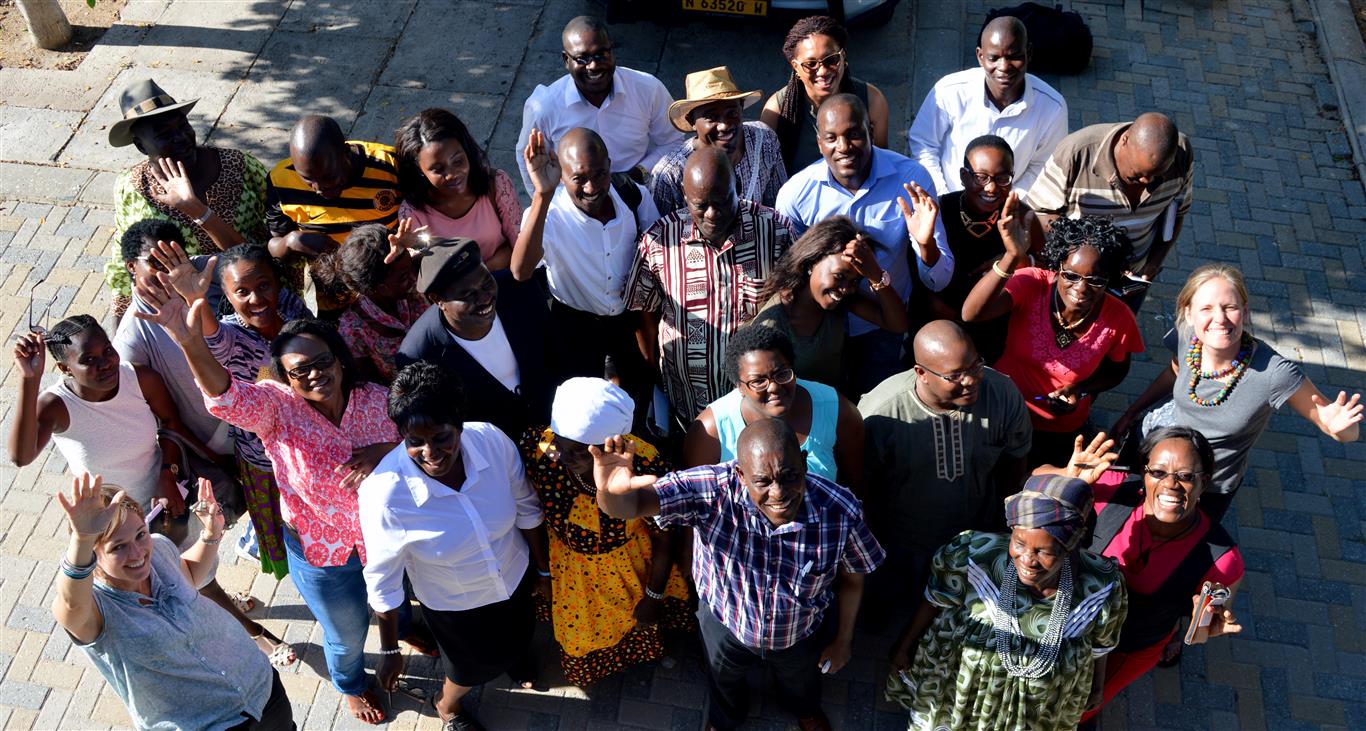
About the author: Dr Dian Spear is the Southern Africa Research Lead on ASSAR. She is a conservation scientist by training.
Photos: Sophie Lashford